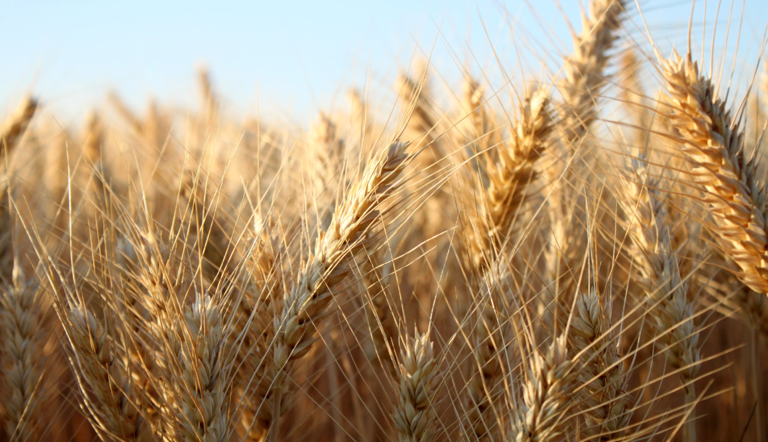
Barley Farming in South Africa

Barley (Hordeum vulgare L.) is a grain that originated in the Middle East. It was the first crop to be domesticated and today is one of the world’s most important small grains. The crop is mainly grown for brewer’s malt and is therefore known as malted barley.
The world’s main producers are the Russian Federation, France, Germany, Canada, Ukraine, Australia, Spain, the United Kingdom, Turkey and Argentina. In Africa, the top producers are Ethiopia, Morocco, Algeria, Tunisia and South Africa.
Barley farming is a significant contributor to the latter’s agricultural sector, and is the most important small grain after wheat. It is a versatile crop that is used for animal feed, as well as for the production of malt for beer and whisky.
The Southern Cape and Northern Cape account for most of the local production, under dryland and irrigation respectively. The beer-brewing industry uses most of the barley produced locally, while a small portion goes to animal feed (this is because large volumes of maize are produced in South Africa and as a result this forms the main ingredient in animal feed.)
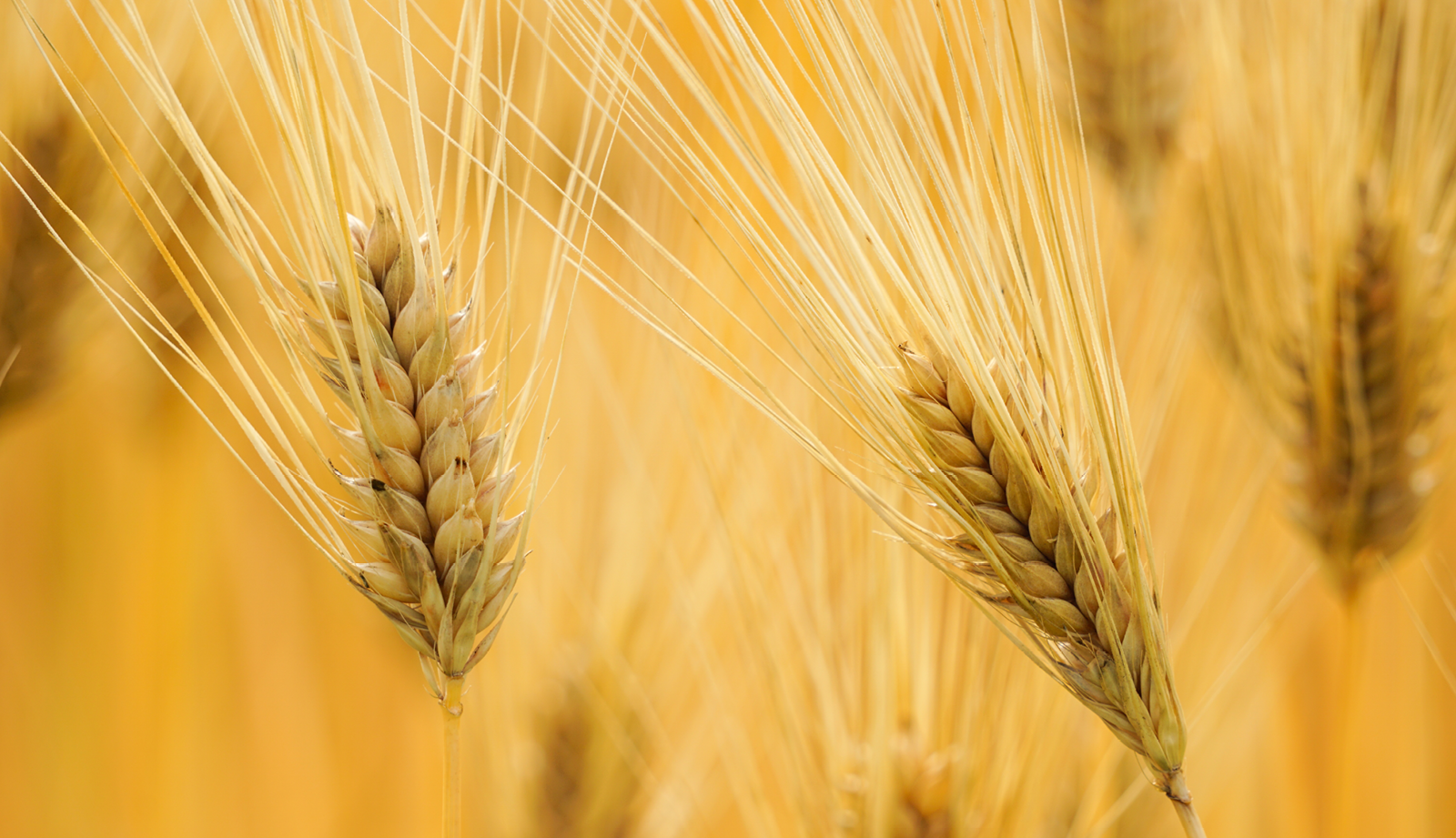
Barley cultivars
In total, there are 31 species of barley, most of which are perennial grasses. Researchers believe that they all originated from one ancestor plant, Hordeum spontaneum.
Two types are farmed commercially. The number of kernel rows in the head are used to distinguish them. The most widely grown type is six-row barley; the second type is two-row barley. Two-row barley used to be classified as Hordeum distichum but both are now classed as Hordeum vulgare. Only two-row barley is planted in South Africa.
The South African Barley Breeding Institute (SABBI) works to develop barley cultivars that offer increased yield, disease resistance and quality. When it was founded, the institute evaluated cultivars from around the world to find those that would be most successful in the southern Cape. It turned out that few were suitable and as a result a breeding program began in 1983.
Researchers would later discover that certain varieties, mainly from Europe, could be successfully grown under irrigation in the Northern Cape and a breeding program aimed at maximising yield and quality in this region is also underway.
According to SABBI, the three varieties recommended for malting barley production in the Southern Cape are Kadie, Hessekwa and Elim. The barley cultivars Genie and Overture are only recommended for commercial production of malted barley under irrigation.
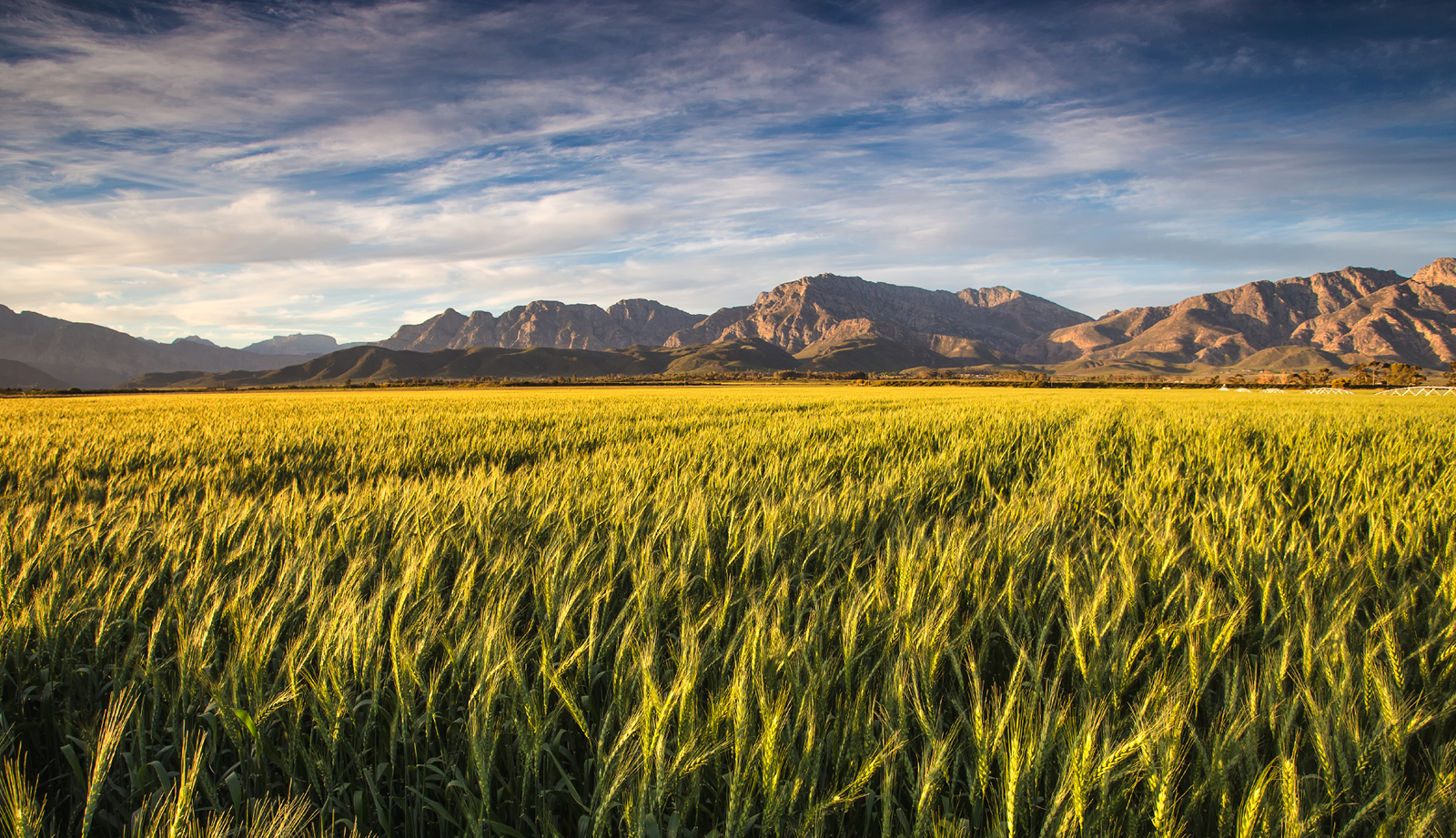
Barley production in South Africa
With a growing season from April to September, this is a winter cereal crop. Most barley in this country is grown in the Southern and Northern Cape, with some plantings in the North West Province.
In the Southern Cape (Overberg region) barley is grown in areas surrounding Caledon, Bredasdorp, Riviersonderend, Napier and Swellendam; in the Northern Cape it is farmed in the Vaalharts Douglas, Barkley West, Rietrivier and Hopetown areas. Emerging farmers at Taung in the North West Province also farm the crop.
Barley production has fluctuated substantially in recent years. From 1971 to 2020 it increased to 588 thousand tonnes. But during the Covid pandemic farmers saw demand for the grain fall and stockpiles grow after successive temporary bans on the sale of alcohol.
Unutilised stocks by December 2020 were 49% higher than the previous year, according to data from the South African Grain Information Service, and farmers were forced to sell excess barley as animal feed at 40 to 50% lower than the price of malting barley.
As a result, they cut the area of land under barley sharply by 33% y/y to 94 730 hectares, and barley production fell by around 39% from the 2020/21 season, estimated at 356 700 tonnes.
Since then, the government has removed Covid restrictions, and the 2022/23 winter crop season saw plantings progressing well at an estimated 106 600 hectares, up 13% y/y.
Find out more about responsible farming of barley.>
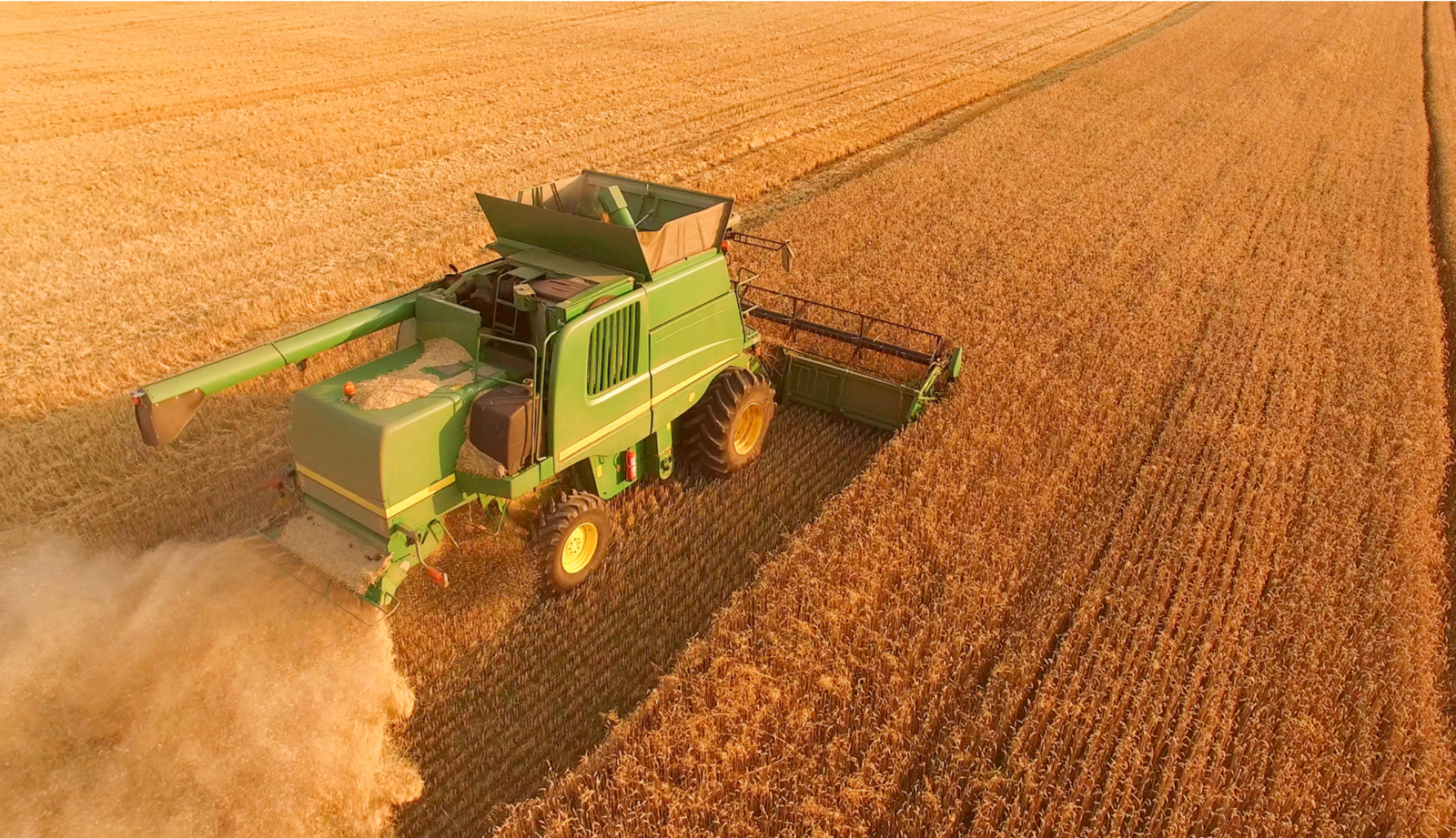
Imports and exports
Generally, the country is a net importer of barley, consuming more than is produced.
The Department of Agriculture, Land Reform and Rural Development’s 2020 Profile Of The South African Barley Market Value Chain notes the following:
“Barley imports increased significantly in 2015 as a result of severe drought experienced in the country during that period. During the year 2016, very minimal volumes for both barley imports and exports were recorded, although export volumes surpassed the imports. This was followed by a drastic increase in barley imports in 2017, way above exports. In comparison to the preceding marketing year 2017, the volumes of barley imports decreased in 2018 and 2019 respectively. As shown in the figure, barley exports were relatively low throughout the period under review, owing to decreasing and lower levels of barley production in the country...
“When the local crop has fallen short of requirements, the local malting companies relied on imports mostly originating from Australia, France, and Germany and to a lesser extent from the USA and Netherlands.”
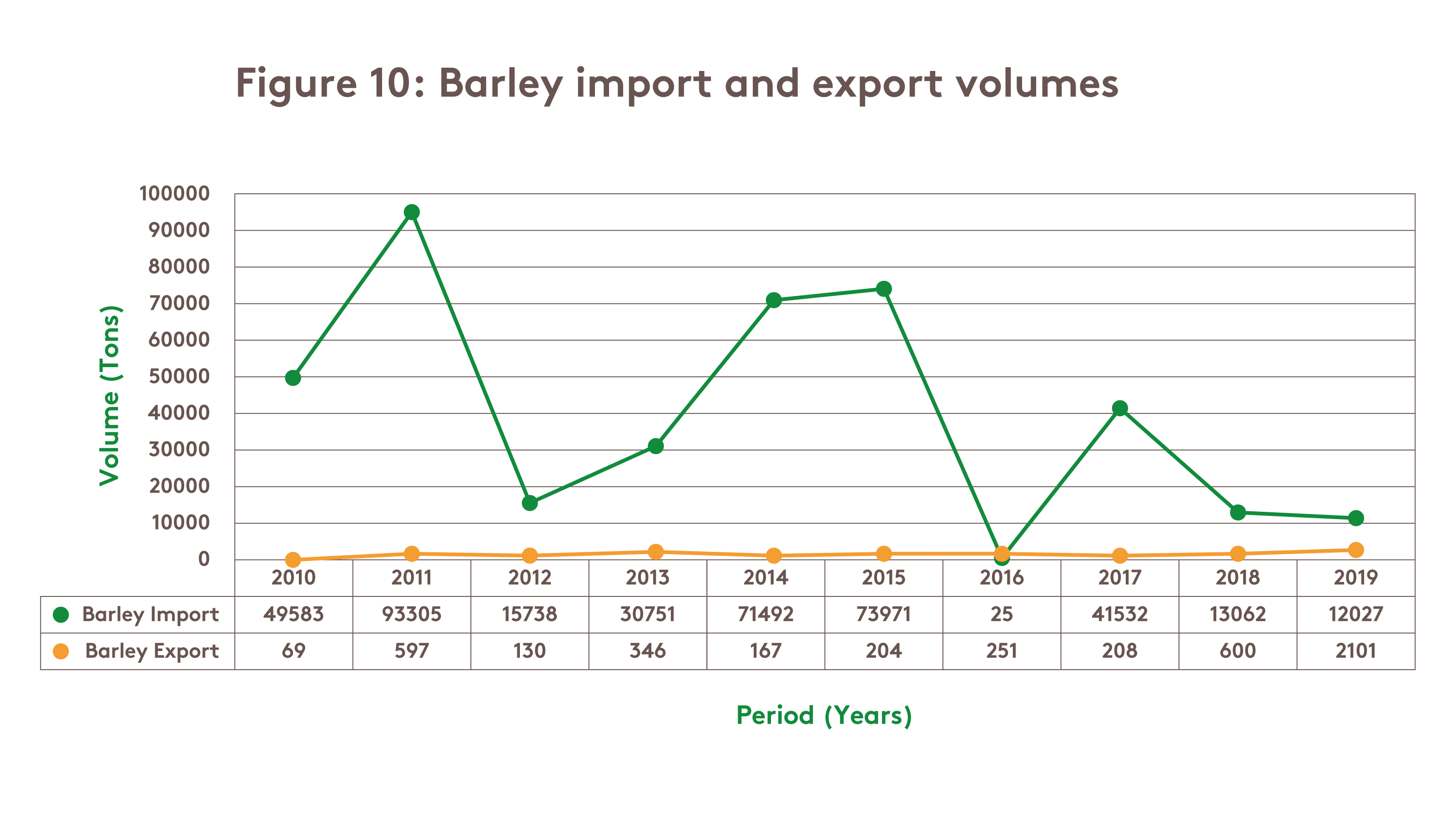

Crop protection
Barley is vulnerable to various pests. According to GrainSA, the prevalent pests on dryland barley are aphids, with leaf miners, false armyworm, red-legged earth mites and cutworms causing sporadic problems. On irrigated barley, aphids, bollworms, leaf miners and false armyworms are the most important.
Diseases include leaf spot, rust, blotch and powdery mildew, while competitive weeds can cause significant yield loss.
A combination of chemical, biological and other cultural practices is recommended.
ADAMA’s solutions
Warlock® 19.2 EC is an insecticide that effectively controls Lepidoptera larvae, including those resistant to organophosphate, pyrethroids and insect growth regulators.
It is registered for use on barley to protect against African bollworm (Helicoverpa armigera) and can be used in an IPM programme as the specific pest is targeted and beneficial insects are not affected in any significant way.
Custodia™ 320 SC by ADAMA is a fungicide that has been registered for use in barley against net blotch (Pyrenophora teres), leaf spot/blotch (Rhynchosporium secalis) and Ramularia leaf spot (Ramularia collocygni).
Unlike other combination fungicides, it contains a full dose of both azoxystrobin and tebuconazole, the active ingredients. CustodiaTM 320 SC provides excellent contact, translaminar (remains in the leaves for a period of time) and systemic control for up to 28 days.
ADAMA also has a range of herbicides that are effective for controlling weeds in barley fields.
Outlook
The future of the industry looks promising as there is a high demand for the crop. The government is supportive of the industry, and is investing in research and development to improve barley production. The industry is expected to grow in the coming years, and provide a valuable contribution to the South African economy.
Unlike most other agricultural commodities, local producers of barley are limited to one major barley buyer, namely ABInBev (Anheuser-Busch InBev SA/NV), which supplies SAB. This has created a guaranteed market for barley farmers.